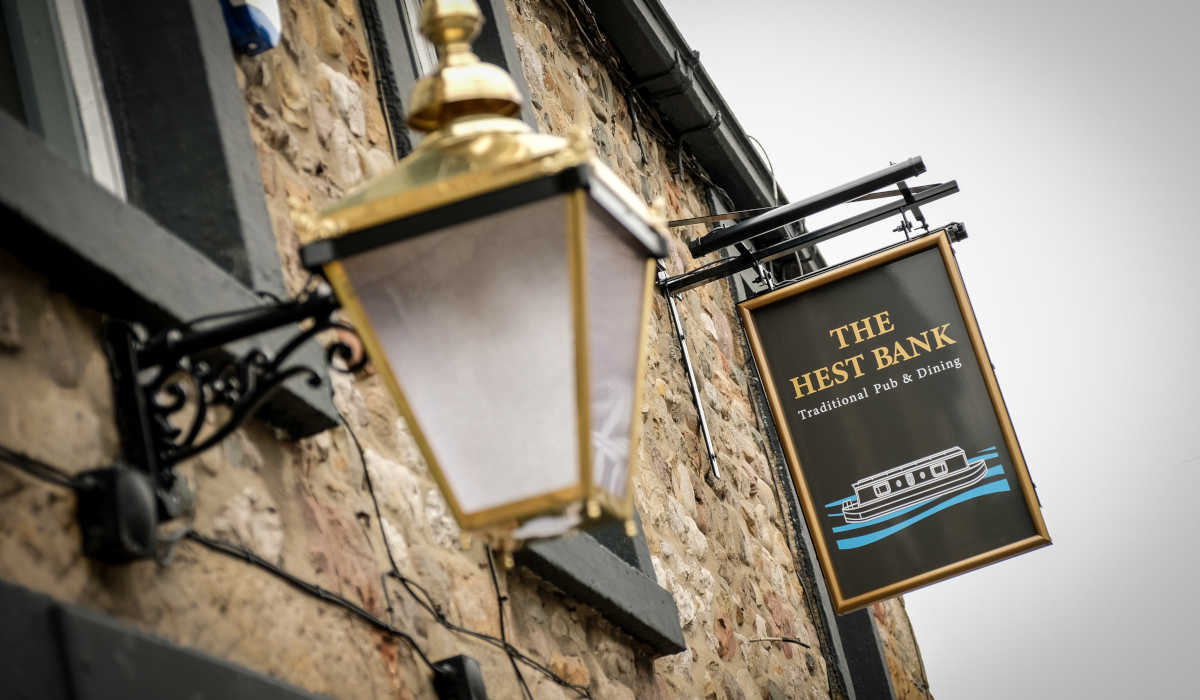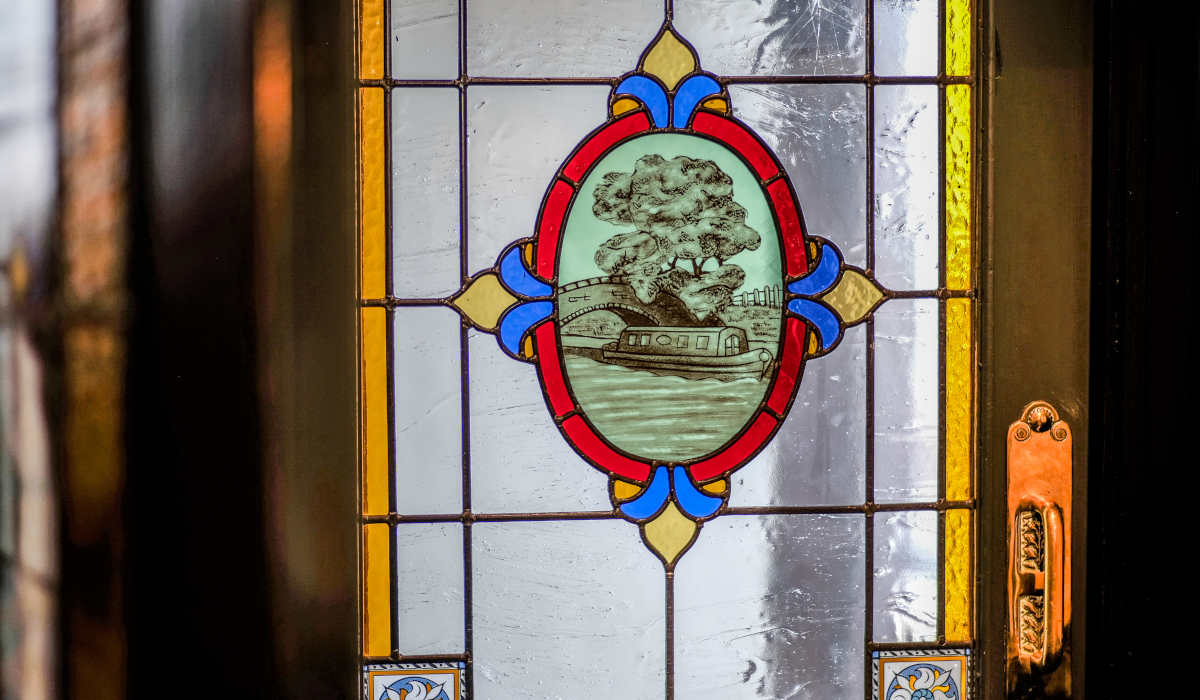
Coaching Inn
By 1812, at the height of the coaching trade, a lantern room had been constructed to guide travellers over the sands to the inn, and the stables were extended; they could now hold 16 horses and four drivers, as well as a rescue team for the treacherous Morecambe Crossing.
The inn also served as the meeting place for the Manor Court of Slyne-With-Hest, with most of the inquests and hearing being held at the pub. Its popularity further increased in the 1840s due to the regular hosting of sporting events, such as bare-knuckle boxing and horse racing.
Whilst the 1846 opening of the Furness Railway devastated the coaching trade, it brought a whole new clientele to the inn. In 1890, according to the station master, up to 800 people were arriving at the Hest Bank Station each day.
